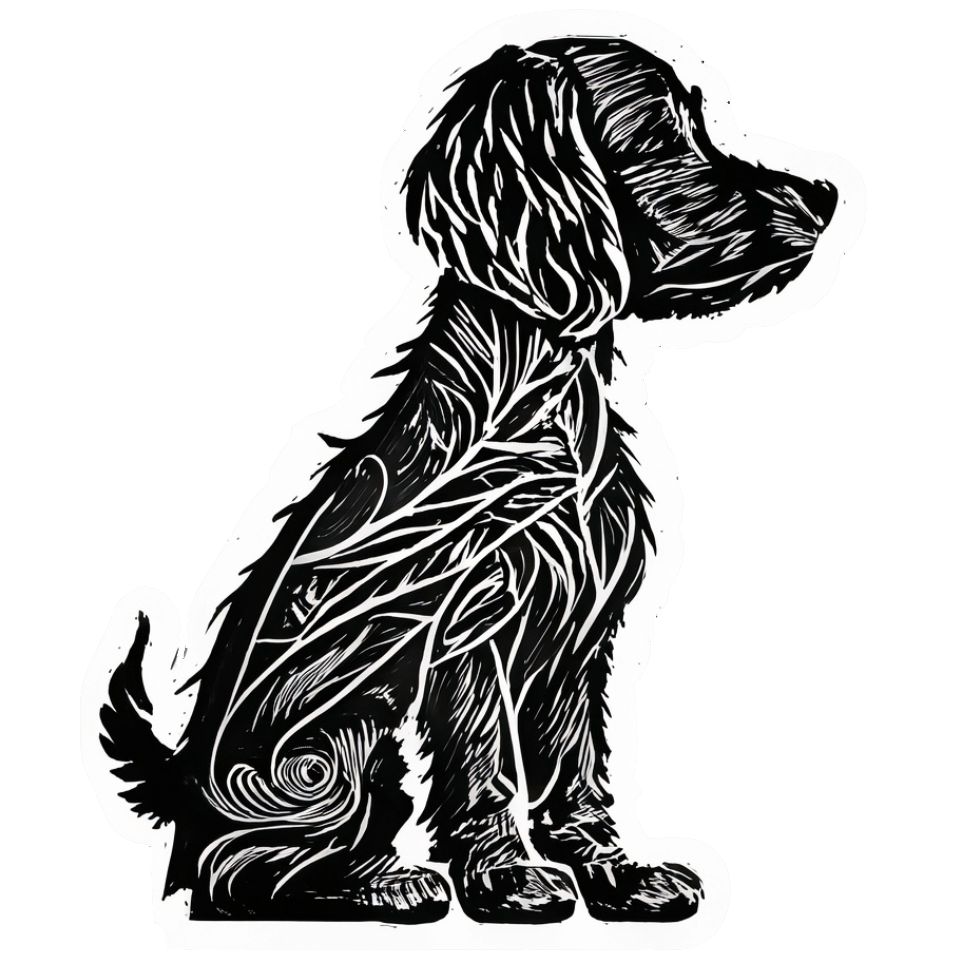A Modern Twist on Canine Companionship

Designer dog breeds, a relatively modern phenomenon, have captured the hearts of many pet enthusiasts. These breeds are typically a deliberate cross between two purebred dogs, aiming to combine desirable traits from both parents. This article delves into the creation of designer breeds, examining the motivations, methods, controversies, and considerations involved.
Popular Designer Breeds
- Labradoodle: A cross between the Labrador Retriever and the Poodle, known for its friendly nature and hypoallergenic coat.
- Cockapoo: A blend of the Cocker Spaniel and the Poodle, cherished for its affectionate temperament and low-shedding fur.
- Goldendoodle: A mix of the Golden Retriever and the Poodle, popular for its gentle disposition and intelligence.
Motivations for Creating Designer Breeds
- Combining Desirable Traits: Designer breeds often aim to merge the best qualities of two breeds, such as appearance, temperament, or health attributes.
- Hypoallergenic Qualities: Some designer breeds are created to reduce allergenic properties, making them suitable for individuals with allergies.
- Novelty and Aesthetics: The unique appearance and charm of designer breeds can also be a driving factor in their creation.
Breeding Methods and Considerations
- Selective Breeding: Creating designer breeds involves careful selection of parent dogs to ensure compatibility and desired traits.
- Generational Breeding: Some breeders work with successive generations of designer dogs to stabilize characteristics.
- Health Screening: Responsible breeders conduct health screenings to minimize the risk of inherited health issues.
Controversies and Ethical Concerns
- Purity vs. Hybridization: The creation of designer breeds has sparked debates among purebred enthusiasts and those who advocate for mixed breeding.
- Health and Well-being: Concerns about irresponsible breeding practices, leading to health problems or temperament issues, have been raised.
- Shelter Considerations: Critics argue that the focus on designer breeds may overshadow the need for adopting dogs from shelters.
Ownership Considerations
- Understanding the Breed: Prospective owners should research the specific traits, needs, and potential health concerns of a designer breed.
- Finding Responsible Breeders: It’s essential to find breeders who prioritize health, temperament, and ethical breeding practices.
The creation of designer breeds is a complex and multifaceted subject, intertwining art, science, ethics, and human preference. While these unique hybrids offer novel options for companionship, they also bring forth questions and considerations that reflect broader themes in the world of dog breeding and ownership. As we embrace the charm and individuality of designer breeds, a thoughtful and responsible approach ensures that the well-being of these canine companions remains at the forefront of our hearts and minds.
